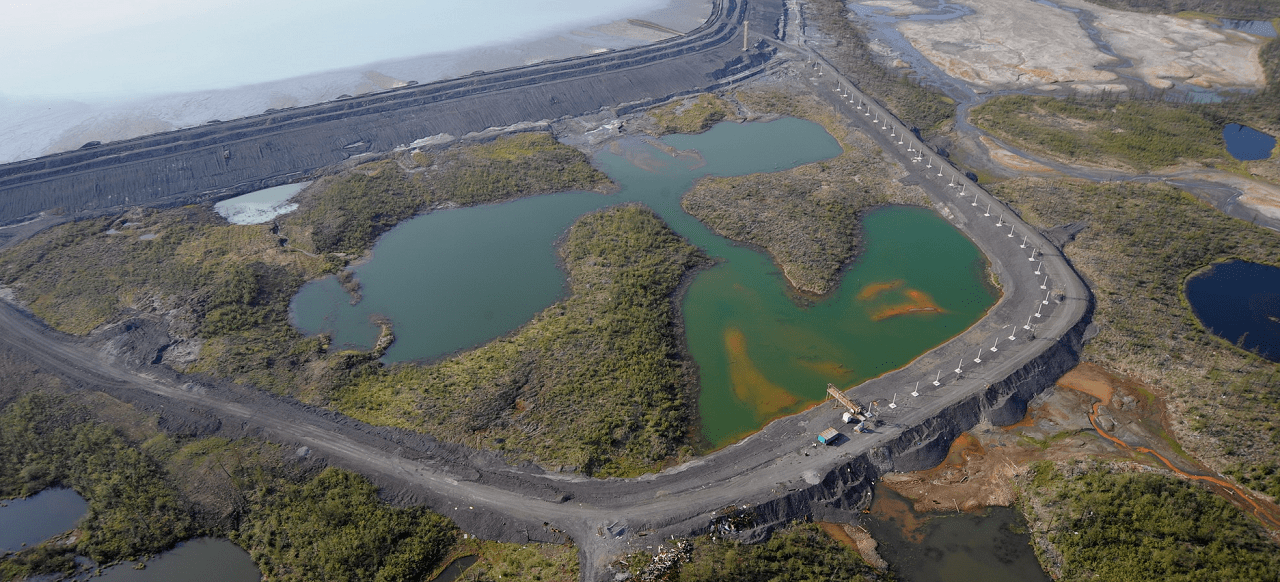Tailing dumps and waste
Targets: maintain the safe operation of tailings storage facilities and minimise the environmental impact of mineral and non-mineral waste.
Key next steps: build a mass balance model for waste management and prepare for implementing the principles of the Global Industry Standard on Tailings Management.
Waste
The Company reuses most of its industrial waste in its own operations as approximately 99% of the waste generated are nonhazardous. This is mostly waste from the mining and smelting operations, including rock and overburden, tailings, and metallurgical slags. Ore extraction waste is used as backfill for underground workings and open pits, road fill, or for tailings dam reinforcement. The increase in generation of hazard classes IV and V waste was driven by a ramp-up in production operations and in construction and dismantling work.
| Hazard class | 2017 | 2018 | 2019 | 2020 | 2021 |
|---|---|---|---|---|---|
| V | 30,722 | 29,517 | 35,300 | 144,052 | 154,923 |
| IV | 1,190 | 1,191 | 1,115 | 1,175 | 1,487 |
| III | 12 | 15 | 5 | 7 | 5.6 |
| II | 2.4 | 1.1 | 0.03 | 0.05 | 0.05 |
| I | 0.1 | 0.1 | 0.04 | 0.04 | 0.04 |
| Total | 31,926 | 30,725 | 36,420 | 145,234 | 156,416 |
Tailings
Nornickel currently operates six tailings storage facilities: four in the Norilsk Division, taking tailings from Talnakh and Norilsk Concentrators and Nadezhda Metallurgical Plant; one at Kola MMC, storing tailings from Zapolyarny Concentrator; and Bystrinsky GOK tailings storage facility.
Despite the fact that all tailings storage facilities operated by the Company are located at a significant distance from production facilities and communities, Nornickel recognises tailings storage facilities as higher-risk assets with significant potential environmental and social impacts. The Company ensures the safe operation of its tailings storage facilities, regularly monitors the condition of hydraulic structures and inspects discharge sites, as well as adjacent areas.

